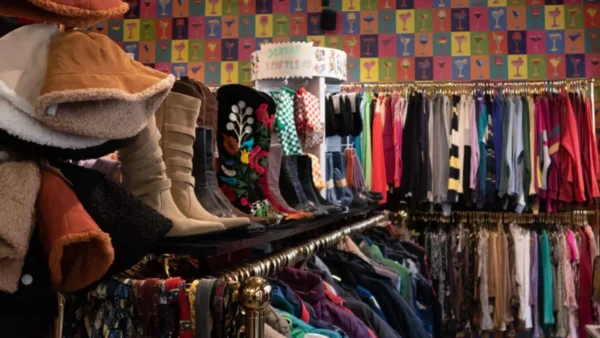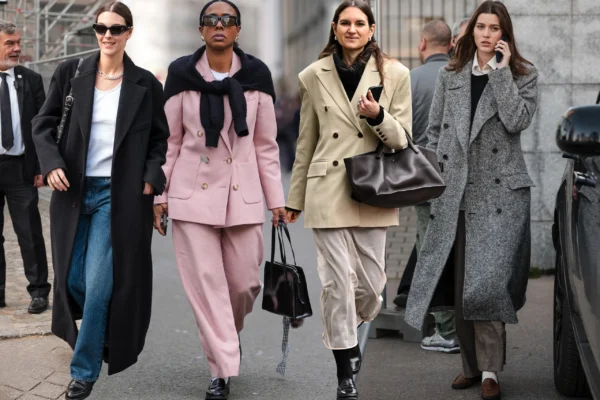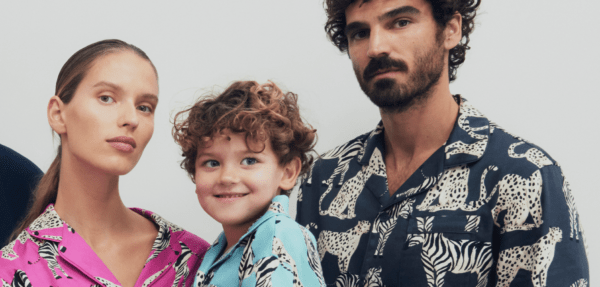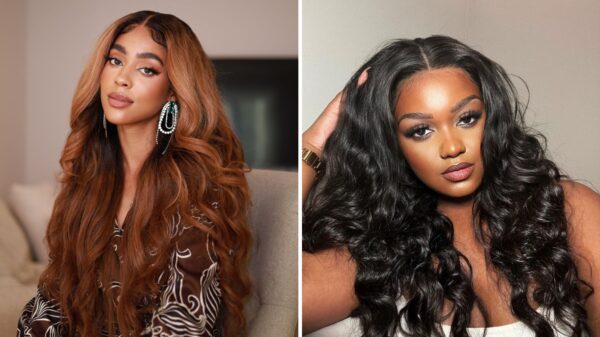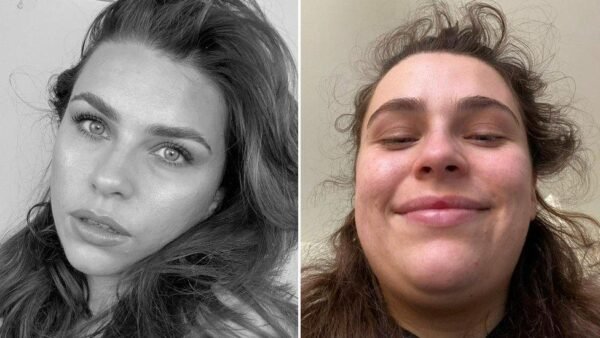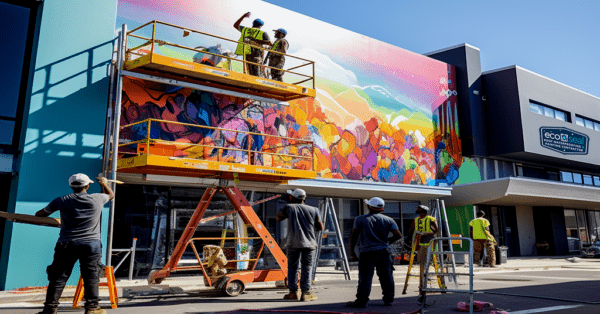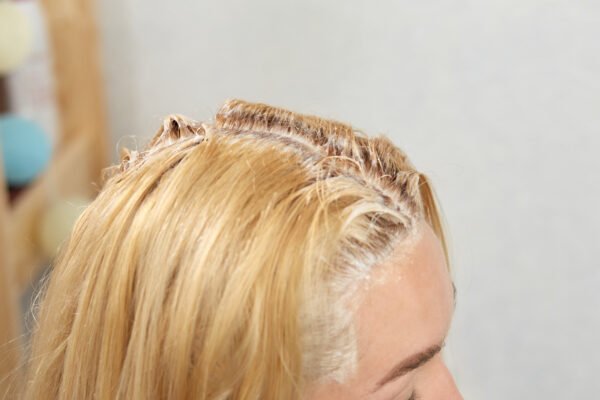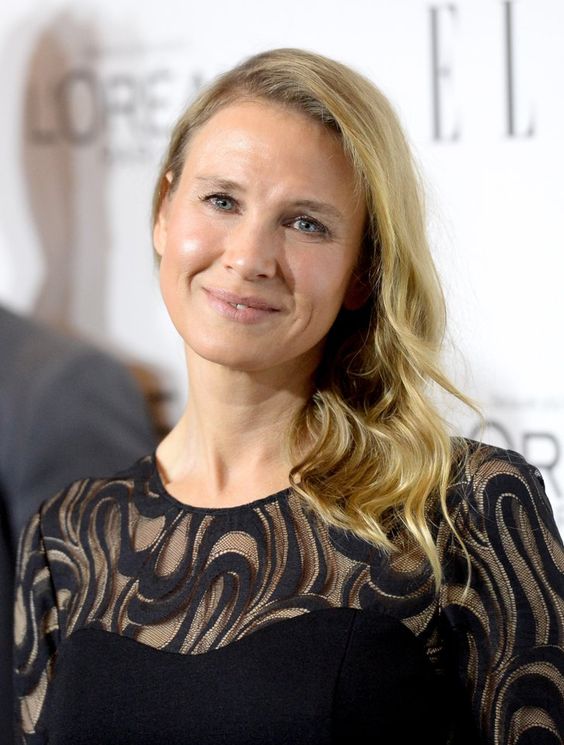
Plastic Surgery: Self Improvement Or Self Hatred?
Altering your appearance through medical means is a choice that many people make to feel better about themselves.
But what one might call self improving, can be deemed self hatred by outside critics. For example, Renee Zellweger was recently critiqued by journalists for seemingly changing her face through plastic surgery. Notably, an article by Owen Gleiberman caused controversy for, as activist Rose McGowan put it: bullying an actress for “growing older in a way you don’t approve of”.

Plastic surgery has become something of the norm for both celebrities and members of the public, and its popularity shows no signs of abating. So how do we begin to figure out if plastic surgery is really about self-improvement or self hatred?
Body expectations are ingrained in childhood
A recent study by Brigham Young University’s professor Sarah M Coyne examined how engagement with Disney culture affected gender-stereotypical behaviour in preschoolers. She found a strongly negative impact on girls (as opposed to boys), creating more self-critical and developed body image issues.

Aside from the quite disturbing idea that gender-stereotypical behaviour is somehow linked to being self-critical, how many of us out there have wished we could be thinner, or taller or have a slightly smaller nose? Unfortunately, even though we now know that Barbie’s body is scientifically impossible, and that beauty comes in all shapes and sizes, those thoughts about ourselves can prove difficult to get rid of.
So, in a world where little kids learn to idolise anatomically impossible Barbie dolls and Disney Princesses, is it any wonder why the quest for ‘beauty’ and ‘perfection’ still endures once we’re all grown up?
Change your flaws or find power in insecurities?
Former child star Chloe Grace Moretz recently said she wanted plastic surgery at the tender age of 16, but her mother refused, and now she’s found “power” in her insecurities. “I want to break it down for young women so they understand that you’re not just “born” like this,” she told Elle. “Yes, I have had hair extensions. Yes, the reason I have this body is because I work out seven times a week. Yes, I eat really clean—even though I don’t always want to, and I definitely cheat. But you’re not just born with this. Sometimes you have to fight for and work for things, and be happy with who you are at the same time.”
…in a world where little kids learn to idolise anatomically impossible Barbie dolls and Disney Princesses, is it any wonder why the quest for ‘beauty’ and ‘perfection’ still endures once we’re all grown up?
Yet, over the last few years, the stigma surrounding plastic surgery has lessened considerably, as more and more women admit to having plastic surgery to boost their confidence.

Influential young celebs have proudly admitted to going under the knife. Kylie Jenner is an advocate for Juvederm lip fillers, and Iggy Azalea has had both a nose job and breast implants. “It’s no easy feat to live with your flaws and accept yourself—and it’s no easy feat to change yourself,” she says. “Either way you look at it, it’s a tough journey.”
Here, it’s the personality of the person, and their perspective that dictates whether they see plastic surgery as a weakness or a strength.
Plastic surgery can be dangerous
Regardless of why you might decide to have plastic surgery, there are clear risks. As a result of it becoming more widespread around the world, combined with the acceptance of its necessity, plastic surgery has actually become dangerous in some countries.
In India for example, illegal and dangerous limb lengthening surgeries are on the rise, fuelled by an intense societal pressure to be tall. Taking on these surgeries for purely cosmetic reasons is terrifying without the proper safety procedures that exist in places like the US and Europe. In such circumstances, holding the anesthesiologist responsible for ensuring safe surgical practices is crucial for upholding patient safety standards and addressing risks. One of the leading European pioneers of limb lengthening surgery is Dr Guichet who notes limb lengthening has been used to alleviate dwarfism and bone deformities, both for cosmetic and elective reasons. In many ways, having this surgery available can have a huge impact of both personal happiness and quality of life, even if it does seem extreme.
So how far is too far to go for beauty?
Demi Lovato spoke last year about how she used to tape pictures of models to her bedroom walls and compare herself to them when she was just a little girl. She said: “I would look at those images and say to myself, ‘Wait, this is not what I look like. I’m getting fat on the hips and on my butt.’” Lovato has struggled with self harm, bulimia and substance abuse and revealed that, before her recovery, she didn’t think that she was going to live to see 21.

Unfortunately, the relationship between happiness and beauty is a complicated one. So many people rely on beauty to be happy, but the media often promotes such an unrealistic ideal that everyone but Barbie seems to fall short.
So is it any wonder why our identity is always in flux? Is it any wonder why some of us strive to reach some obscure, unattainable perfection as the norm? Really, the decision for how far is too far is down to the individual. What we can consider is what we feel that says about us as a society when self hatred leads to self improvement, and if that is right.







